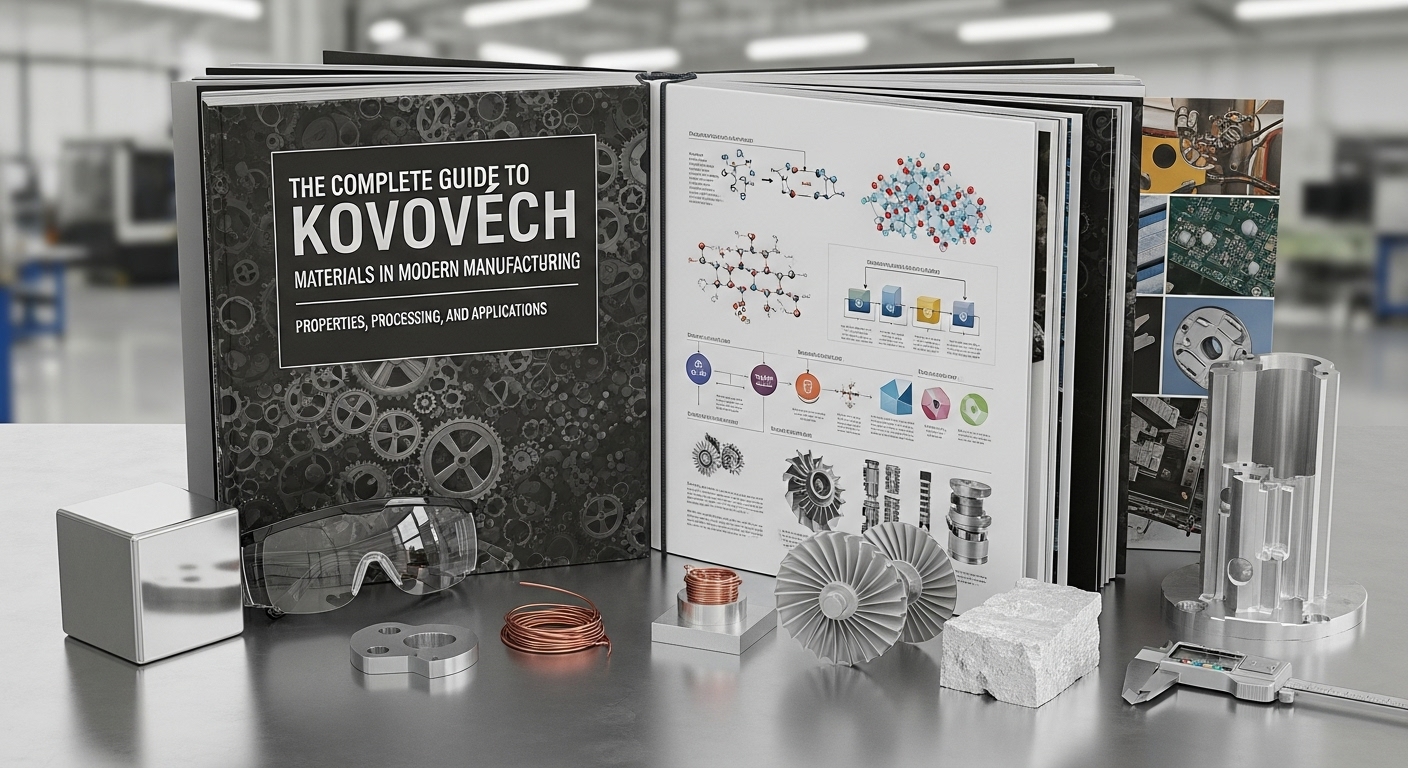Kovových plays a pivotal role in shaping our modern lives, often without us even realizing it. From the structures around us to the gadgets we rely on daily, metal is woven into the fabric of our existence. Its strength, durability, and versatility make it an essential material across various industries. As we navigate through this exploration of Kovových, we’ll uncover its historical roots and how it has evolved dramatically over time. Join me as we delve into the fascinating world of metal and discover just how integral it is to both our everyday life and future innovations.
The History of Metal and Its Evolution
The journey of metal began thousands of years ago, shaping human civilization. Early societies discovered how to extract and manipulate metals like copper and gold. These materials transformed tools and weapons, enhancing survival.
As time progressed, the Bronze Age marked a significant leap forward. The combination of copper and tin created stronger alloys. This innovation led to advancements in agriculture, warfare, and art.
Iron soon followed as a game-changer during the Iron Age. Its abundance made it accessible for everyday use. This shift empowered civilizations across continents.
Fast forward to today; we see an impressive range of metals from stainless steel to titanium. Each has unique properties that cater to various needs in construction, manufacturing, and technology.
Metal’s evolution reflects human ingenuity and adaptability throughout history. It continues playing a crucial role in our lives as we push boundaries further with innovative applications.
The Role of Metal in Architecture and Design
Metal plays a crucial role in architecture and design, giving structures both strength and aesthetic appeal. From towering skyscrapers to intricate sculptures, its versatility is unmatched.
Steel beams provide essential support for modern buildings, allowing architects to dream bigger and bolder than ever before. The open spaces created by metal frameworks redefine urban landscapes.
Beyond functionality, metal enhances design elements through finishes like brushed aluminum or polished chrome. These materials reflect light beautifully, adding elegance to any space.
Metal also allows for creativity in form. Artists can manipulate it into organic shapes that challenge traditional notions of structure.
Sustainability is becoming increasingly important in architecture. Recyclable metals are often favored for their low environmental impact while still offering durability.
With endless possibilities, the integration of Kovových continues to shape our surroundings—transforming the ordinary into extraordinary with each new project.
The Use of Metal in Transportation and Technology
Metal plays a pivotal role in transportation and technology, providing strength and durability to various modes of travel. From automobiles to airplanes, metal components ensure safety while enhancing performance. Steel frames support vehicles, allowing them to navigate roads with ease.
In aviation, lightweight alloys help reduce fuel consumption. This innovation allows planes to fly longer distances without needing extensive refueling stops.
Technology also benefits immensely from metal use. Smartphones and laptops incorporate aluminum and titanium for sleek designs that withstand daily wear. These materials not only look good but offer exceptional functionality too.
Electronics often rely on copper wiring for efficient energy transfer. Without such metals, our devices wouldn’t be as powerful or reliable.
The integration of metal in these fields reflects its versatility and significance in shaping how we connect with the world around us.
Effects of Metal on the Environment
Metal production and usage can have significant environmental implications. Mining operations often lead to habitat destruction, impacting local wildlife and ecosystems. The extraction processes consume large amounts of water and energy, contributing to resource depletion.
Once metals are in circulation, their benefits come with challenges. Recycling metal reduces the need for raw material extraction but still involves energy-intensive processes that can release pollutants into the air and water.
Moreover, improper disposal of metal products creates pollution issues. Heavy metals like lead or mercury can leach into soil and waterways, posing health risks to humans and animals alike.
The industry faces pressure to innovate sustainable practices that minimize these adverse effects. By embracing cleaner technologies and recycling initiatives, we can work towards a balanced relationship with our environment while benefiting from Kovových’s versatility in modern life.

